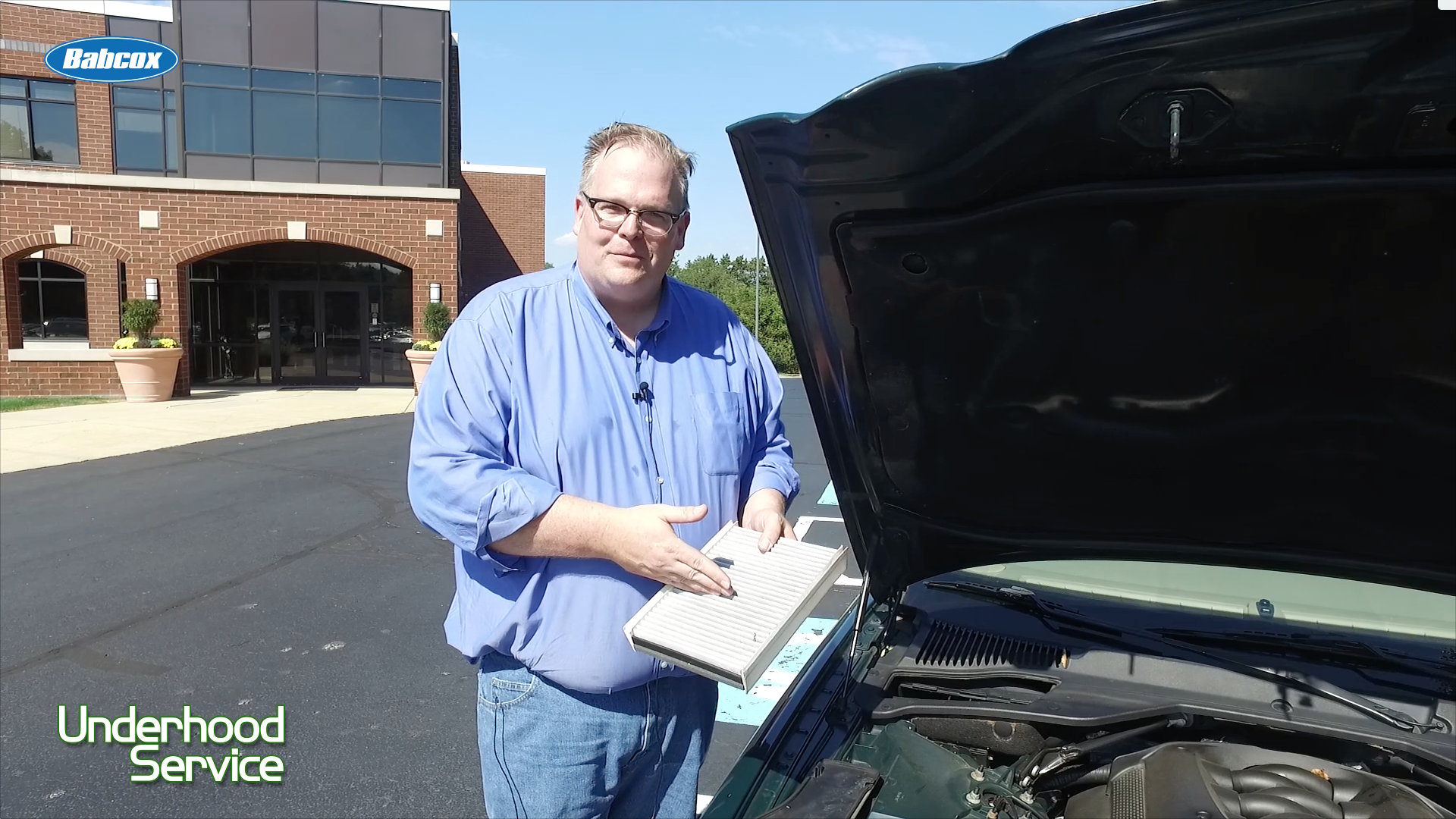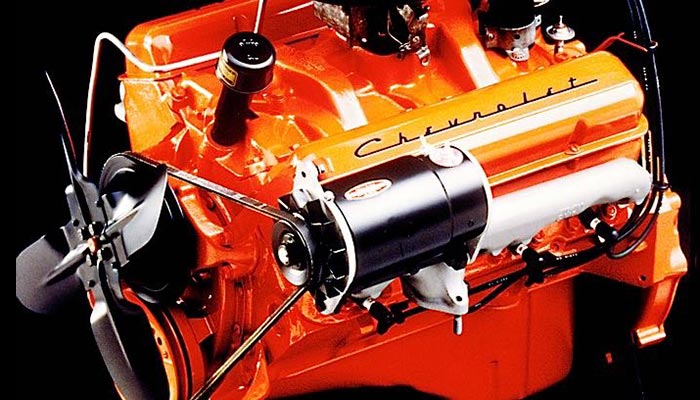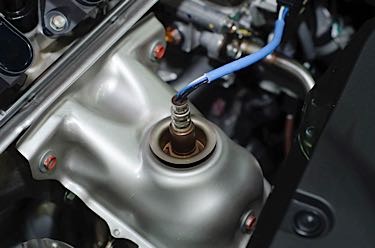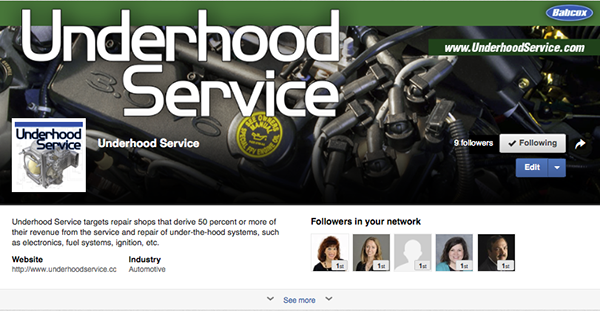If you encounter a 2000 Toyota Camry 3.0L that pulls in one direction when applying the brakes, one of the following scenarios could be the likely cause.
1. A sticking or seized brake caliper can cause the vehicle to pull in one direction when applying the brakes.
2. Rusty, corroded brake caliper hardware can restrict brake caliper movement.
3. Contaminated, damaged or excessively worn brake pads can cause a loss of friction between the brake pad and brake rotor.
4. A damaged, rusted, heat checked or glazed disc brake rotor can result in a loss of friction between the brake pads and brake rotor.
5. Deteriorated, soft or damaged brake hoses can expand during brake application, reducing brake pressures to the directed component.
Courtesy of IDENTIFIX.
For additional tech tips, visit www.identifix.com.












